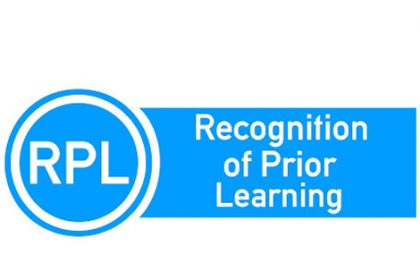One of the most important aspects of being a successful teacher/trainer and assessor is the ability to adapt your instruction to meet the needs of different types of learners. While some students may be able to grasp new material quickly and easily, others may need more time and support. Some students may be visual learners and learn best by seeing information presented in a visual format. Other students may be auditory learners and learn best by hearing information presented orally. Still, other students are kinesthetic learners and learn best by doing or moving around.
Differentiation is key in ensuring that all students have access to the curriculum and are able to learn at their own pace. There are a variety of ways to differentiate instruction, and it is important to find what works best for you and your students.
As Carol Ann Tomlinson (an educator) points out, there are four different approaches teachers can take in order to differentiate their instruction:
- Content: Identifying what students need to learn and finding out which resources will help them to do that
- Process: The activities that help students understand what they have learned and make sense of it
- Projects: A way for students to demonstrate their understanding of a topic
- Learning environment: The way the classroom is set up as well as how the students work together as a group
Using this approach is a good compliment to some schools’ response to intervention (RTI) program which has proven to be effective. In order for RTI to be successful, it must address learning difficulties at an early stage. It is important for students to get extra support before they fall behind their peers in the classroom.
Here are some strategies for differentiating instruction:
- Use a variety of instructional methods. Some students learn best through listening to lectures, while others prefer hands-on activities. Offering a variety of instructional methods will ensure that all students are able to learn in a way that works best for them. For example, if you’re teaching a lesson on fractions, you might provide some students with manipulative objects like blocks or beads to help them understand the concept, while others might benefit from a worksheet with practice problems.
- Make use of technology. Technology can be a great tool for differentiating instruction. There are a variety of apps and websites that offer content at different levels, which can be helpful for students who are struggling or need an extra challenge.
- Create differentiated assignments. Not all students will be able to complete the same assignments. Offering assignments that are tailored to different learning styles will ensure that all students are able to show what they have learned.
- Use flexible grouping. Grouping students together based on ability level can be helpful in ensuring that all students are challenged without being overwhelmed. This can be done using a variety of methods, such as centres, stations, or partner work.
- Be aware of your student’s interests. Incorporating students’ interests into the curriculum can be a great way to engage them in learning. If you know that a particular student is interested in a certain topic, try to find ways to incorporate that into your lessons. For example, some students learn best by working independently, while others learn best in a group setting. You can accommodate different learning styles by providing both independent and group work time during your lesson.
Finally, it’s important to remember that all students learn at different rates. Some students will grasp a concept right away, while others might need more time to process the information. Differentiating instruction means providing different levels of support to meet the needs of all learners.
By taking into account the different learning styles and preferences of your students, you can create a classroom environment that is conducive to learning for all.
Differentiating instruction is an important part of being a successful teacher. By using a variety of methods and being aware of your student’s needs, you can ensure that all students have access to the curriculum and are able to learn at their own pace.
References
Coleman Tucker, G. (n.d.). What Is Differentiated instruction? Www.understood.org. https://www.understood.org/en/articles/differentiated-instruction-what-you-need-to-know









